
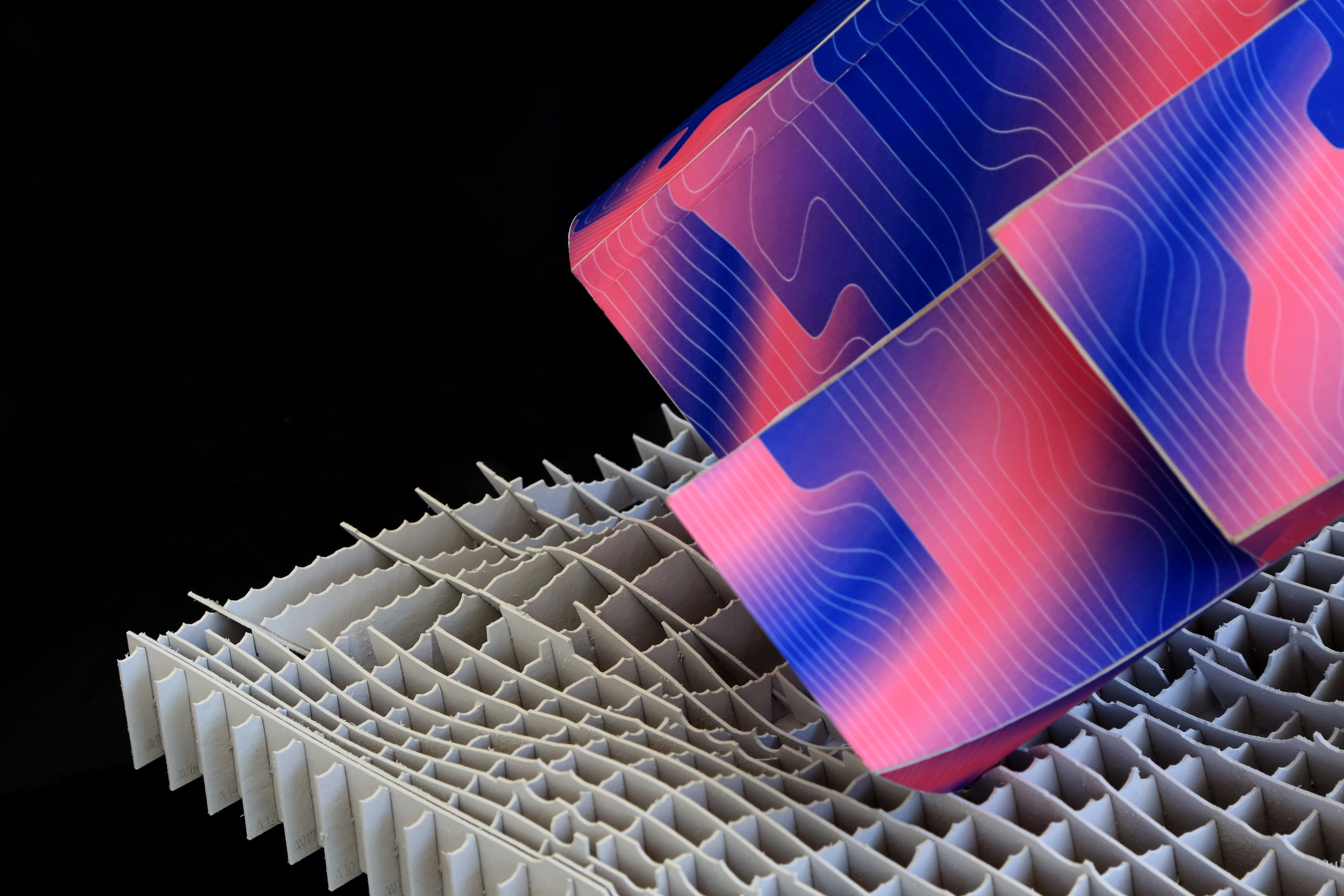
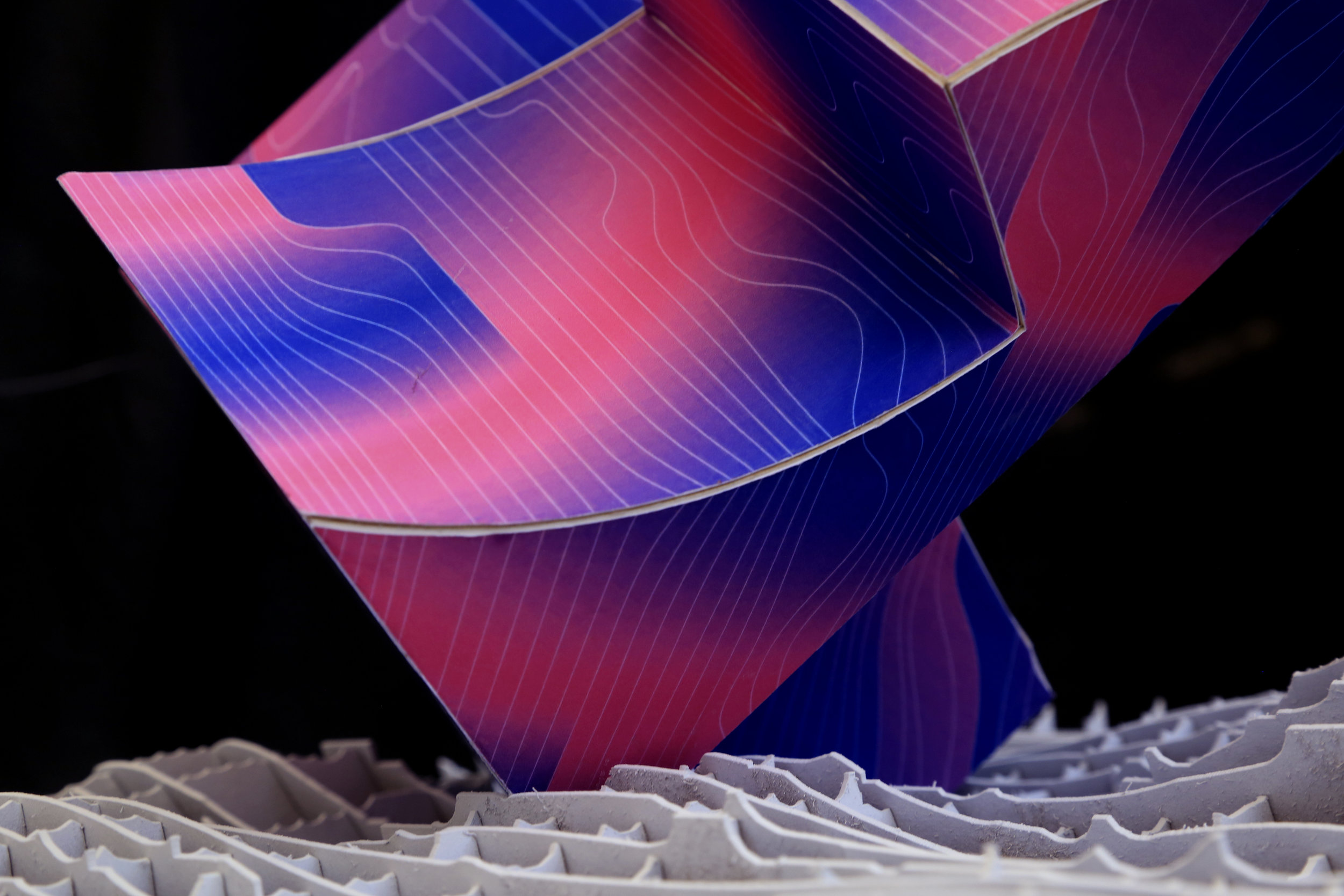

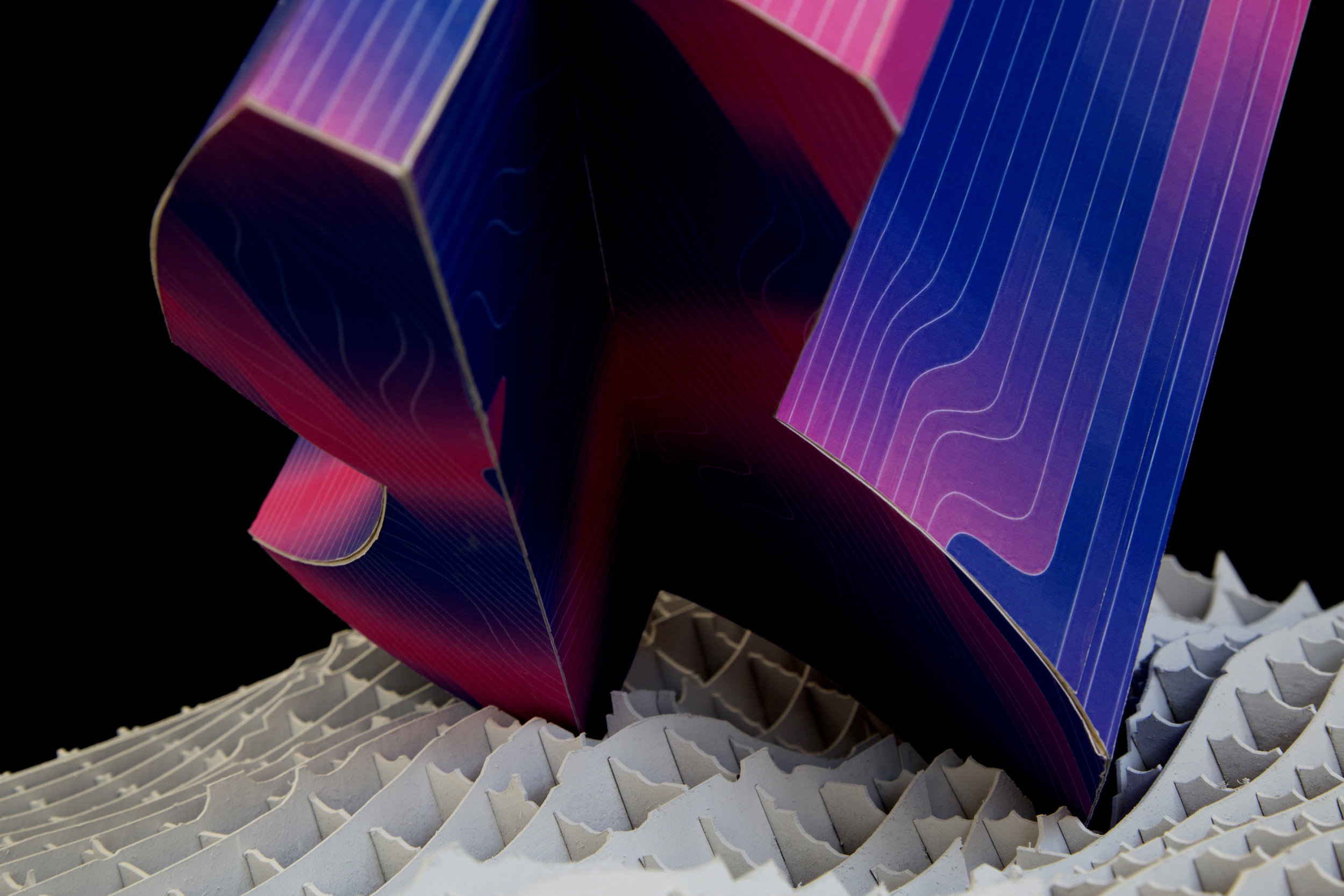
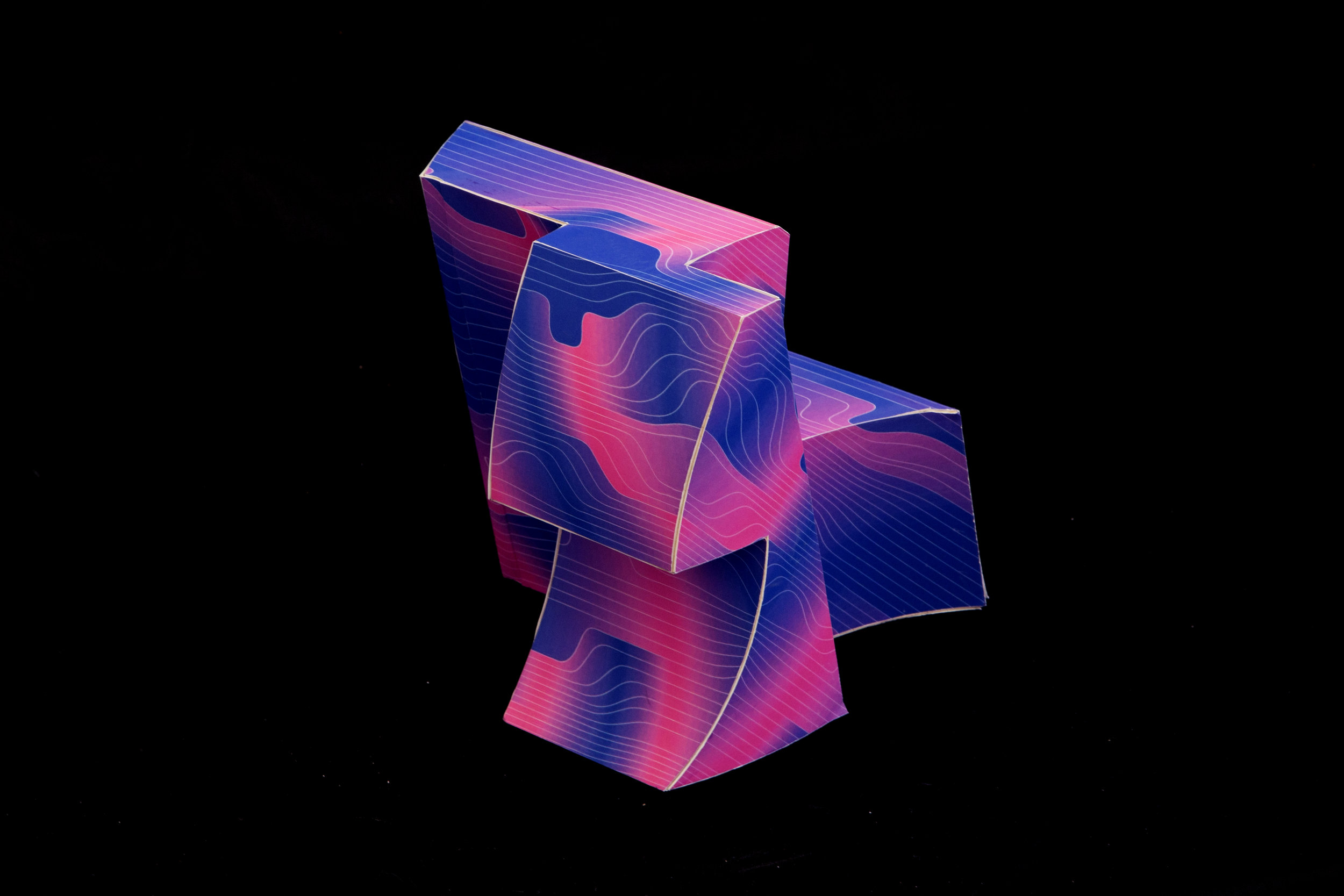
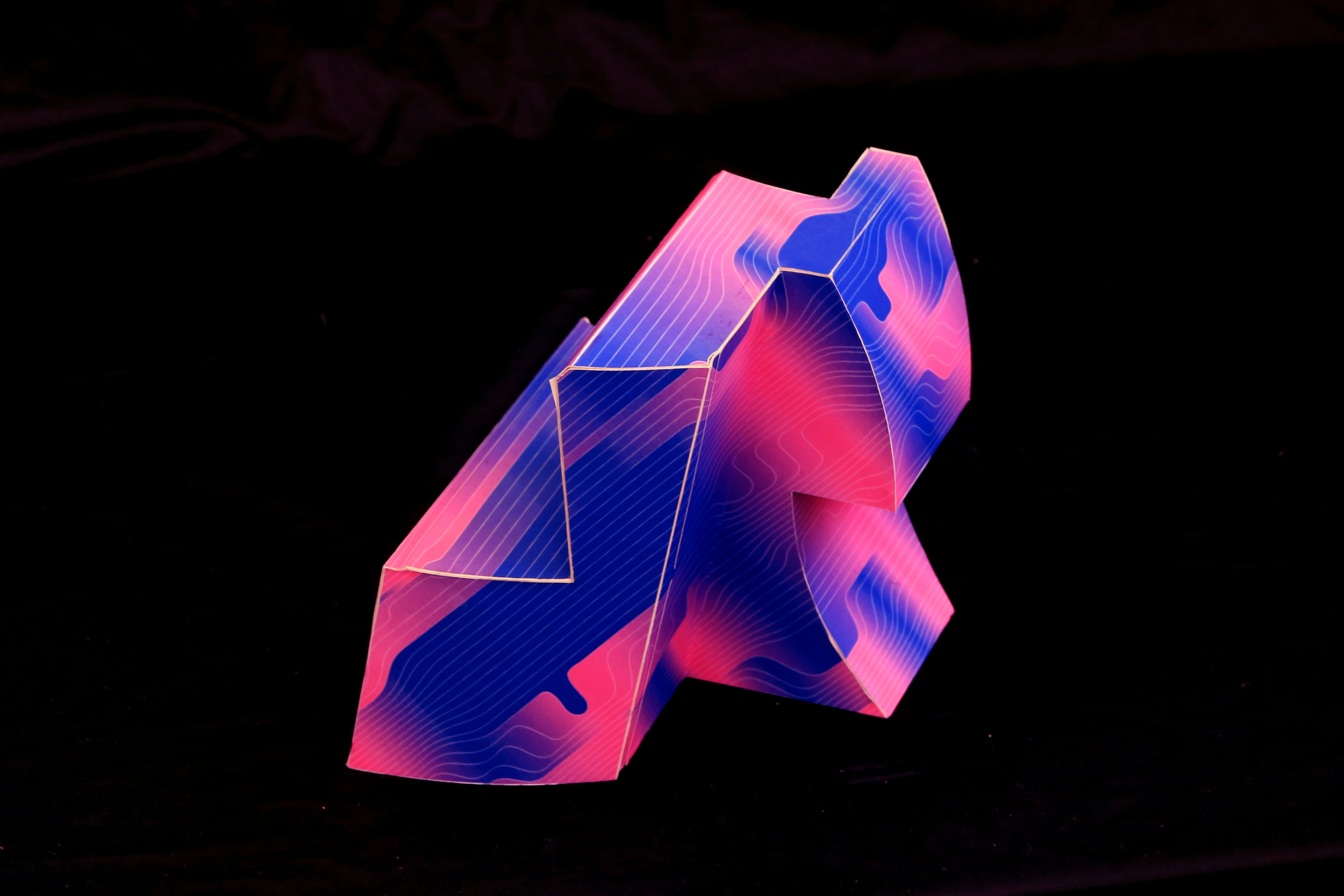

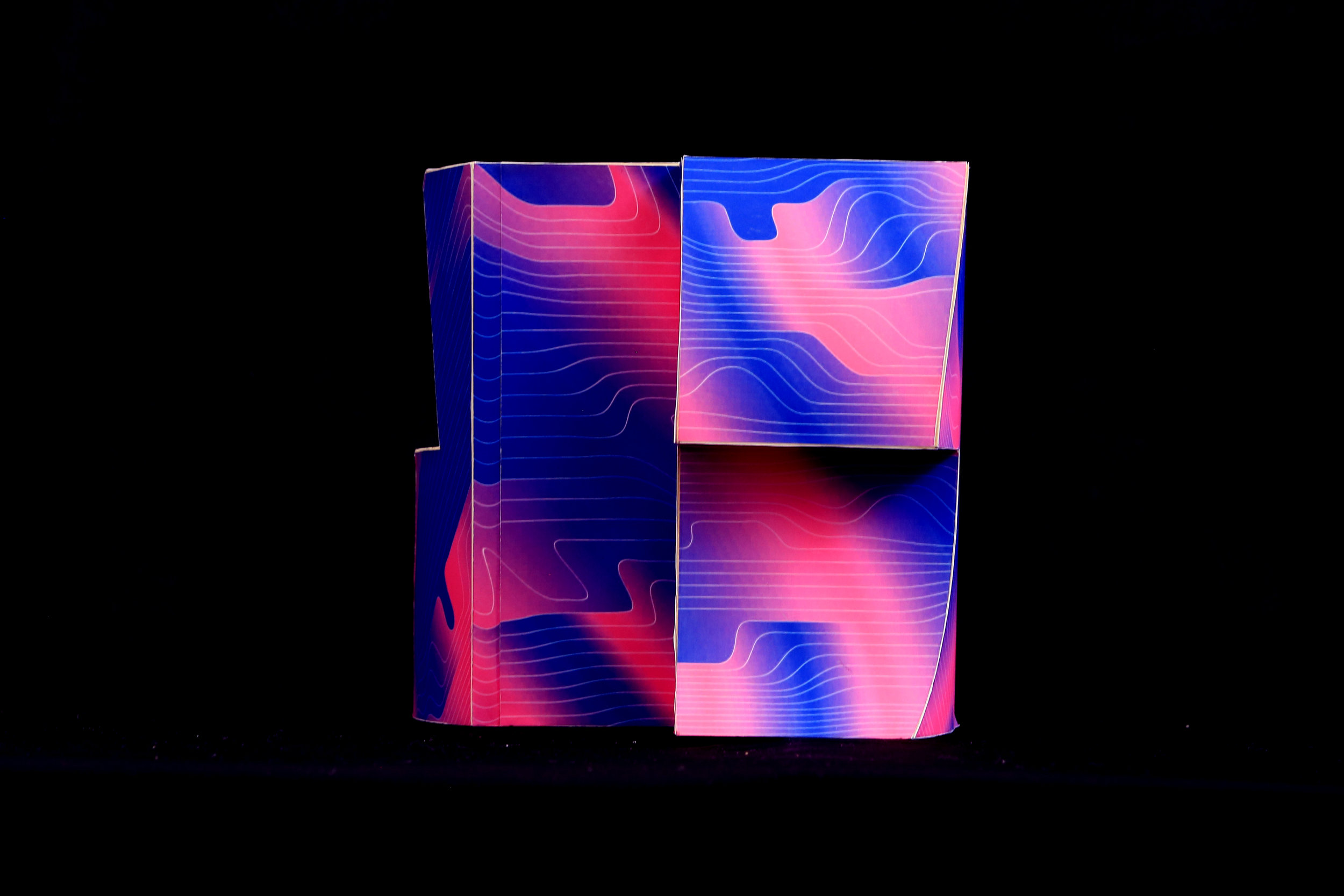
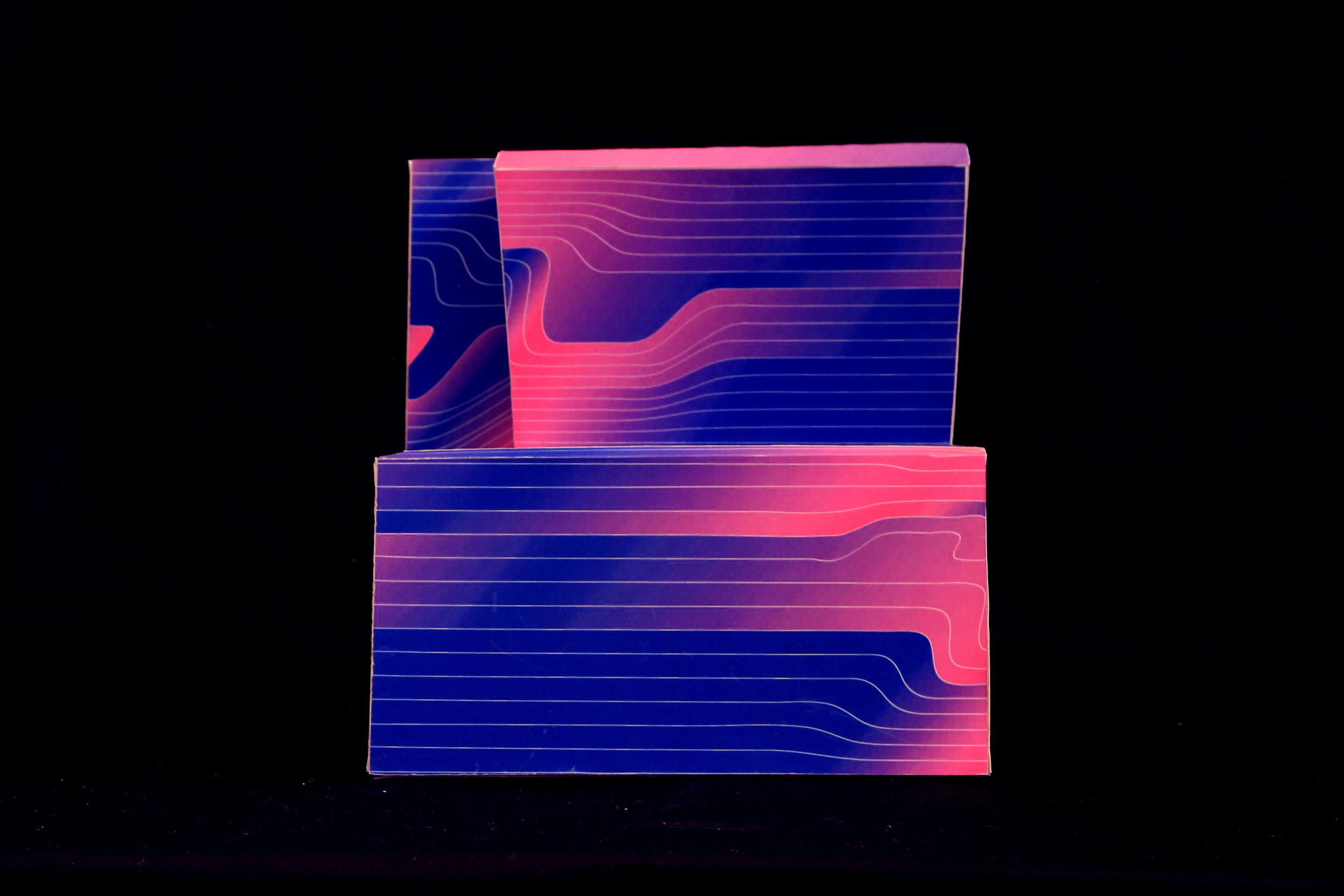
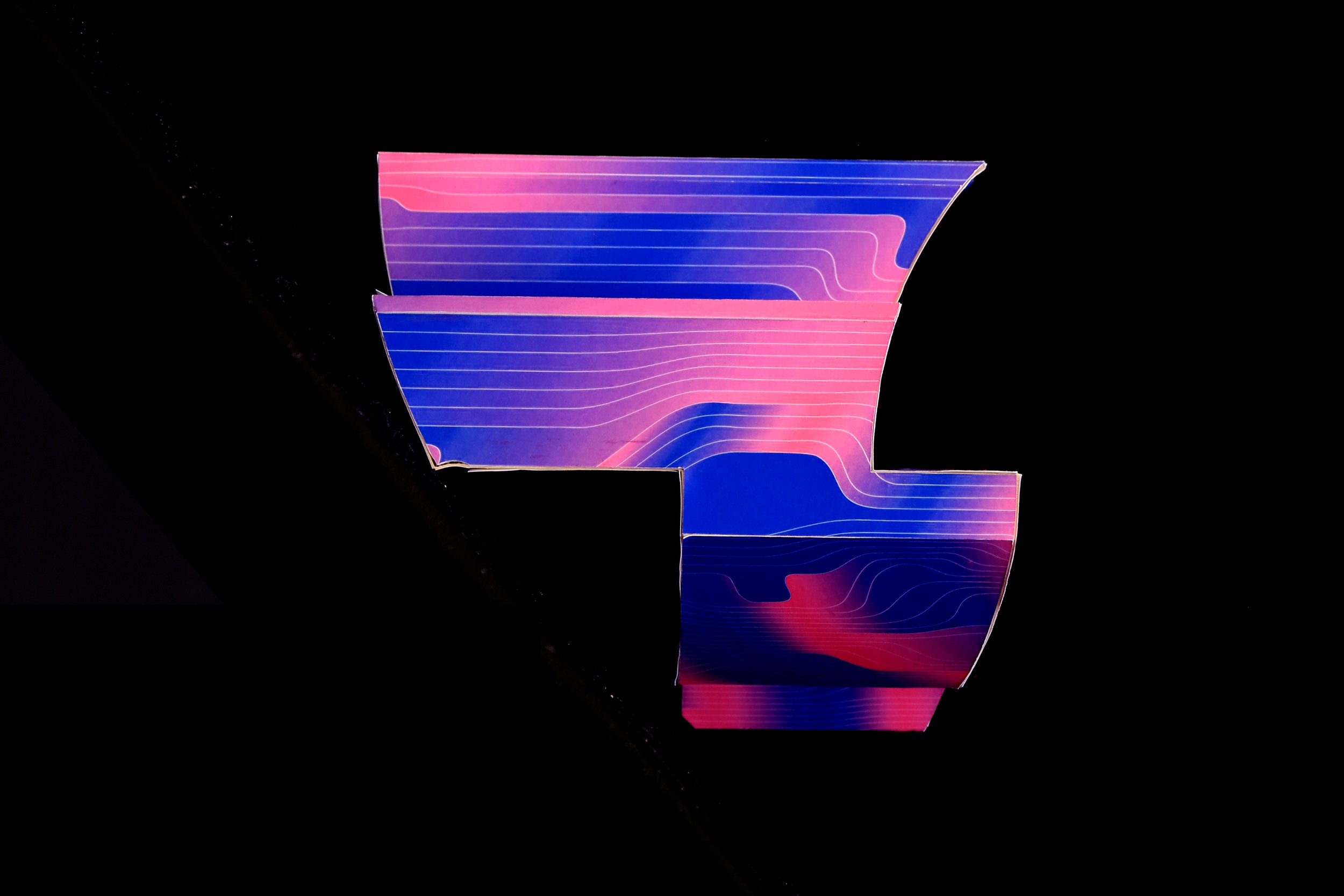


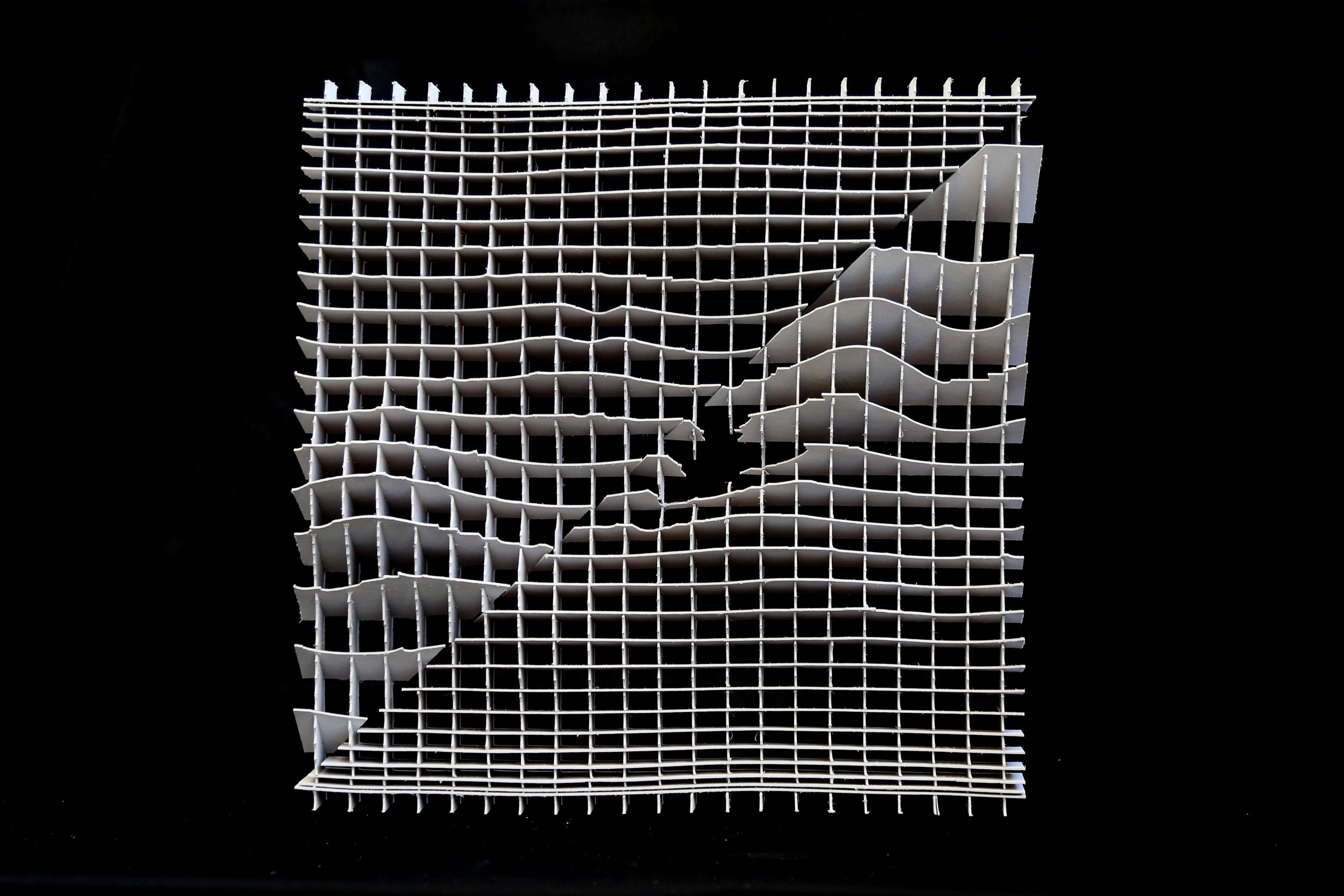
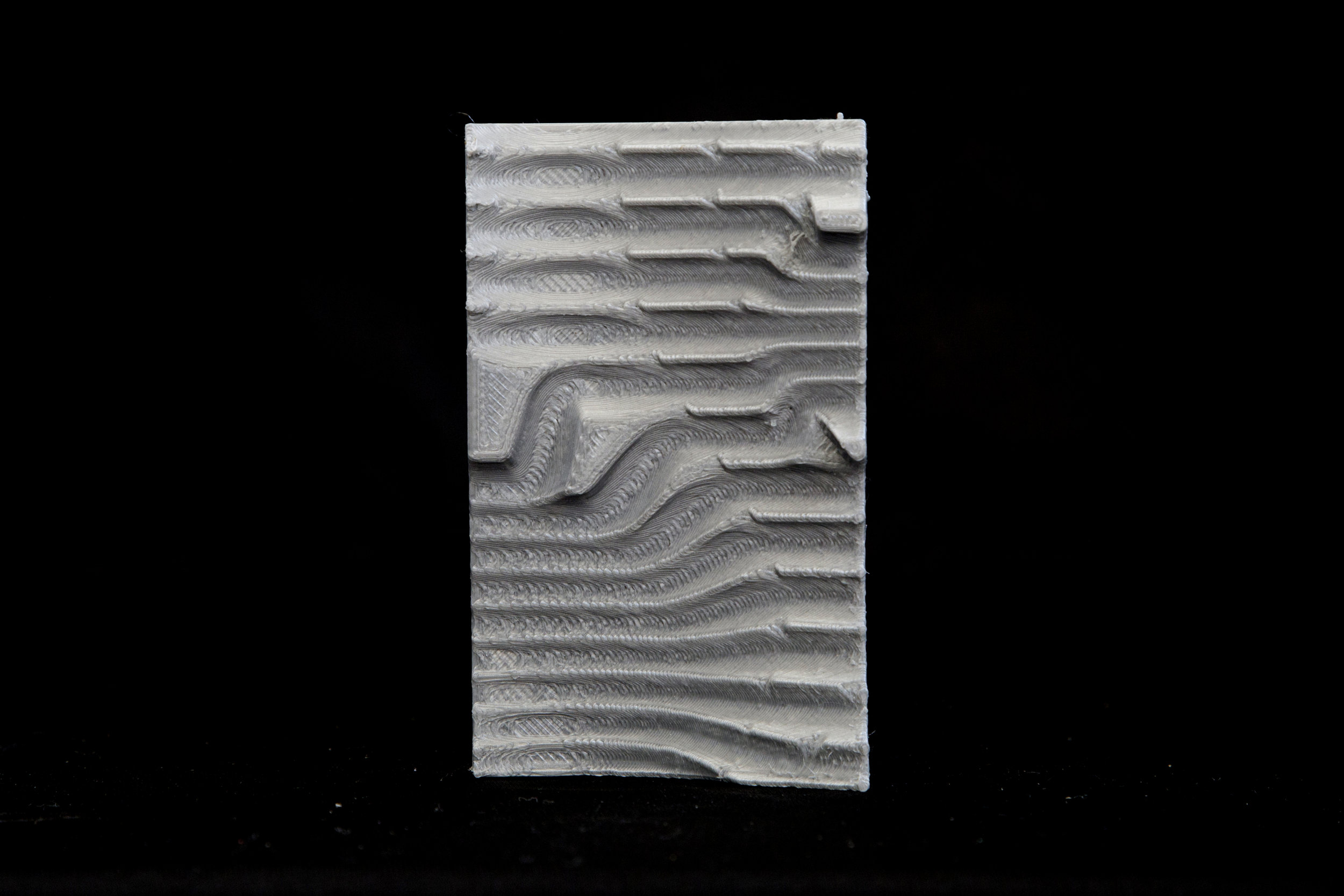
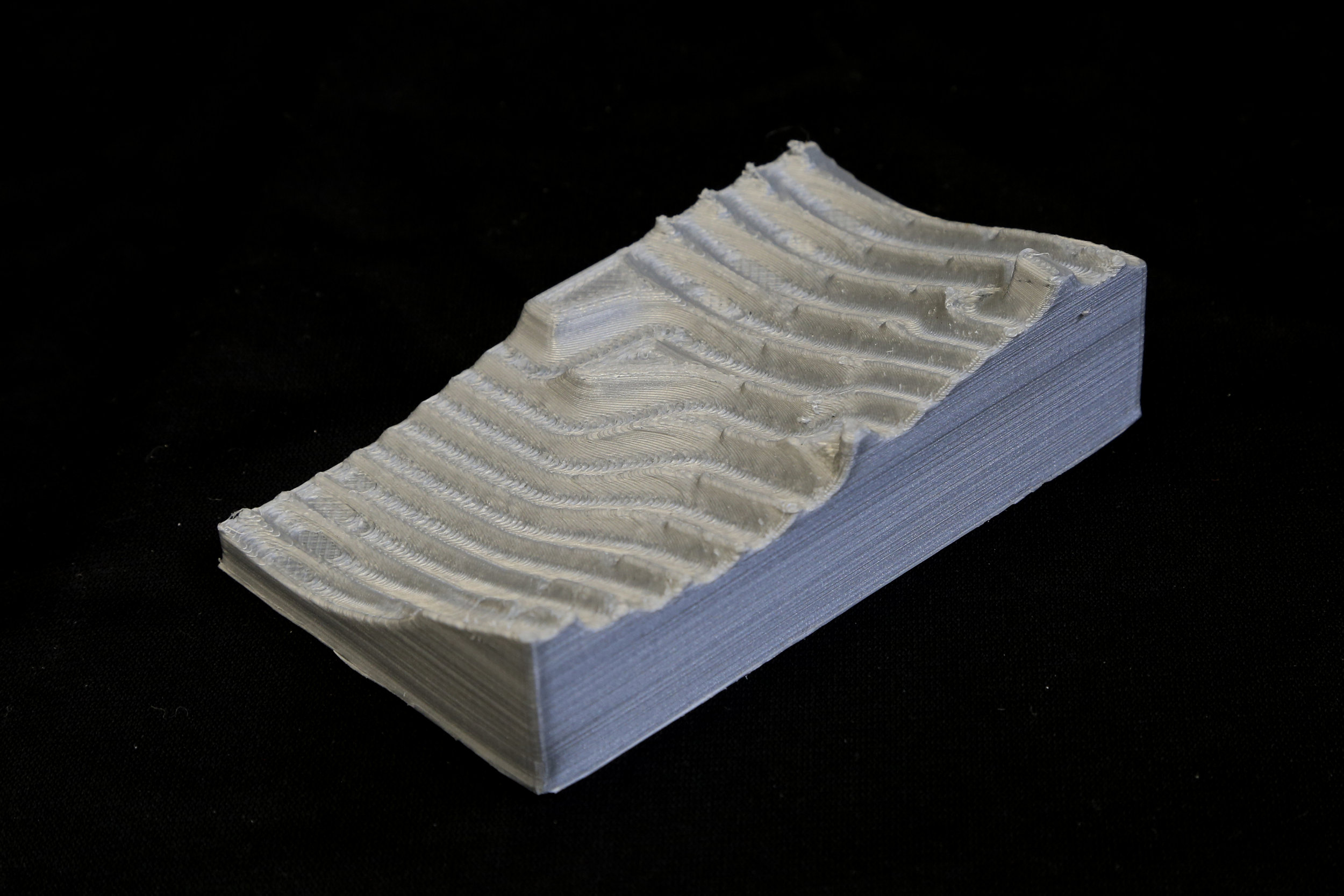
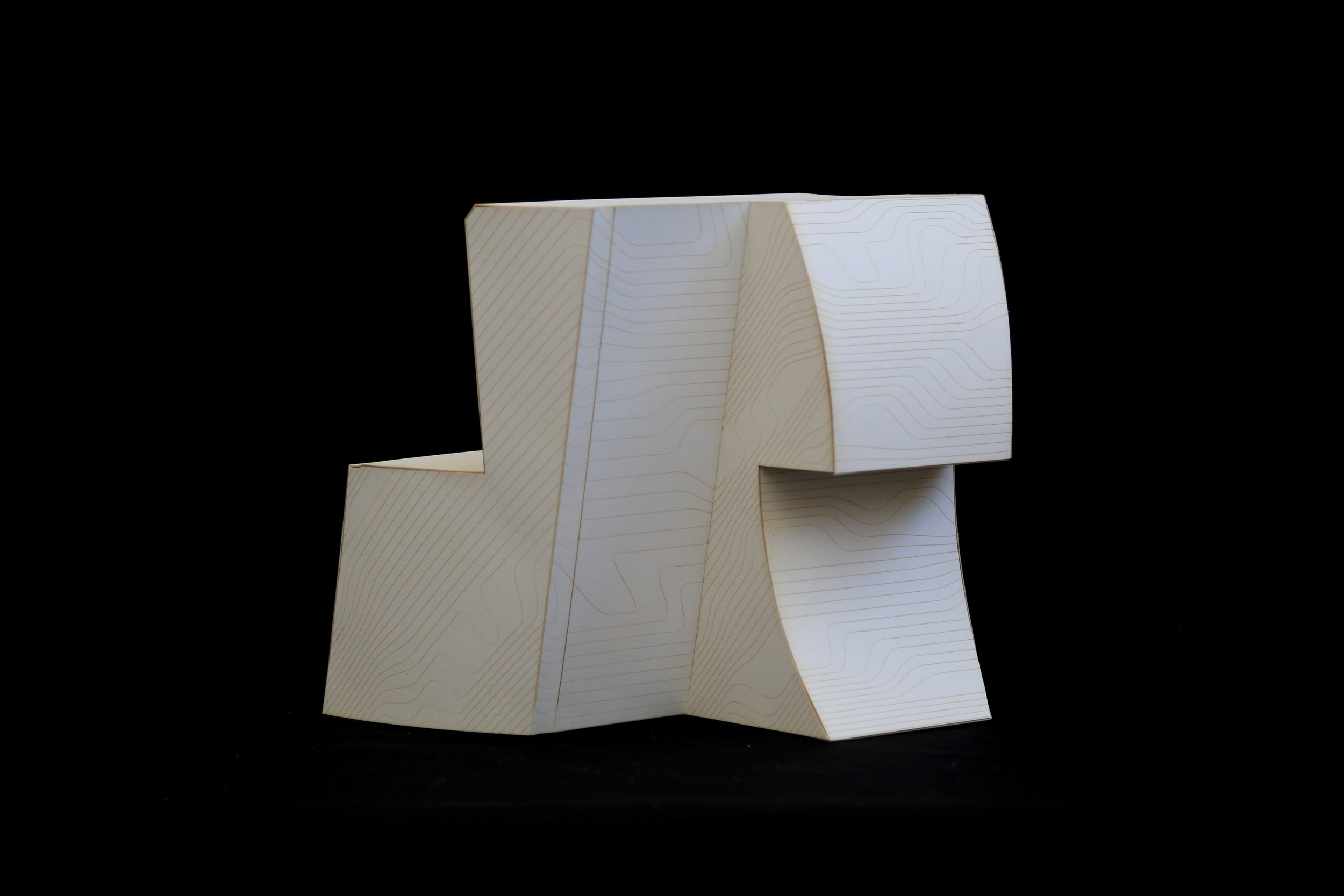
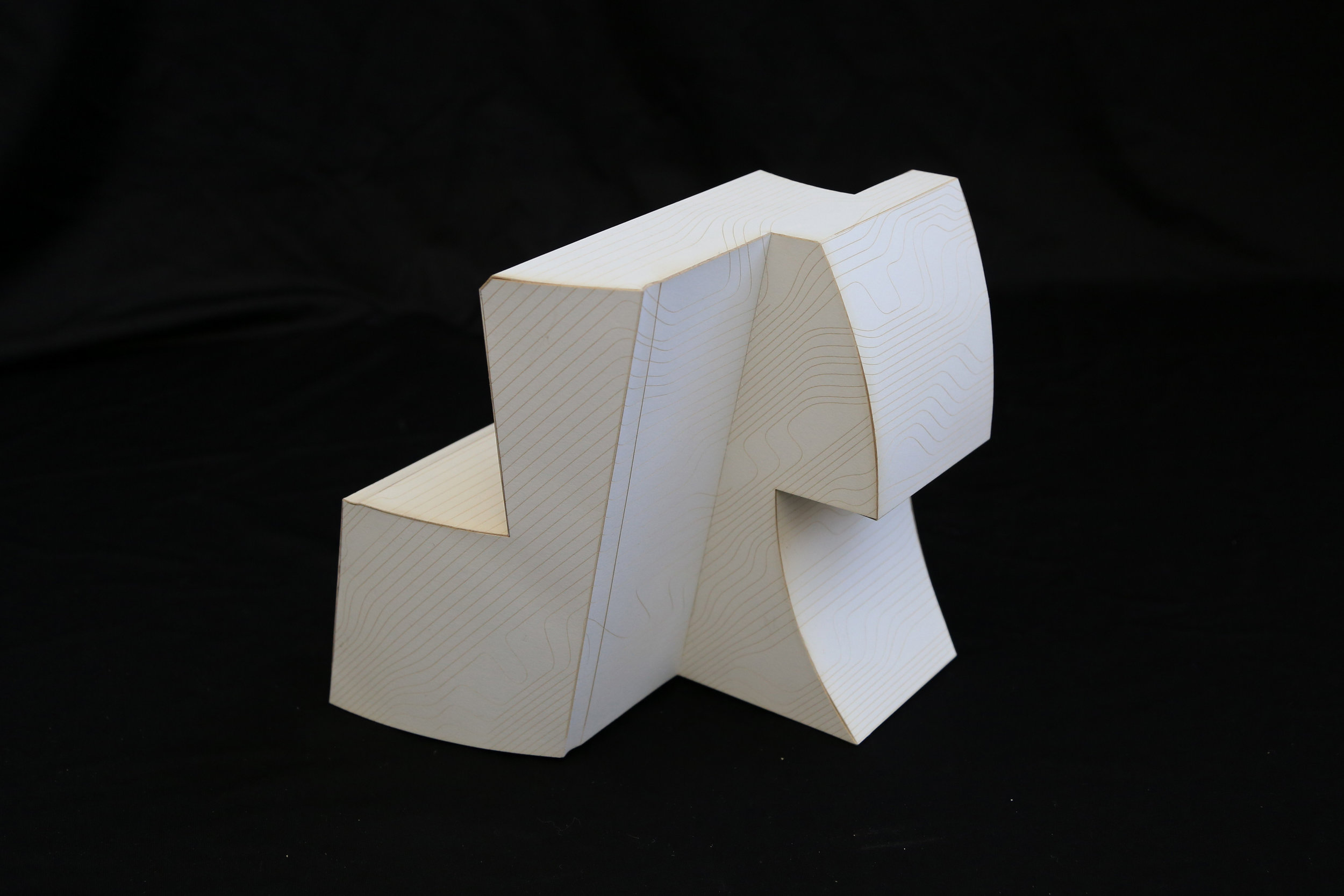
Contingency, indifference, Fidelity
This is a parametric design approach to a series of architectural form studies. Parametric design is a process based on algorithmic thinking that enables the expression of parameters and rules that, together, define, encode and clarify the relationship between design intent and design response (Andrew Sears, 2007).
In this project we design an algorithm which is a set of strictly defined rules with adjustable variables to generate numerous possibilities of architectural forms. During the project, we shuttled across media from ideas to drawings, from 2D to 3D, from digital to physical. We exploited 3D software, Rhino, Grasshopper, and V-Ray, to build 3D models, develop algorithms, and render drawings. With digital fabrication technologies, laser cutting, 3D printing, and CNC, we were able to translate digital information into physical models.
The relationships we were attempting to define, encode and clarify are the important notions of contingency, indifference, and fidelity in the field of architectural study. We would steer the design process with these three notions at every stage of the design process.
Contingency: dependent on or conditioned by something else.
Indifference: absence of compulsion to or toward one thing or another
Fidelity: the degree of accuracy with which information is translated from one form to another.





























